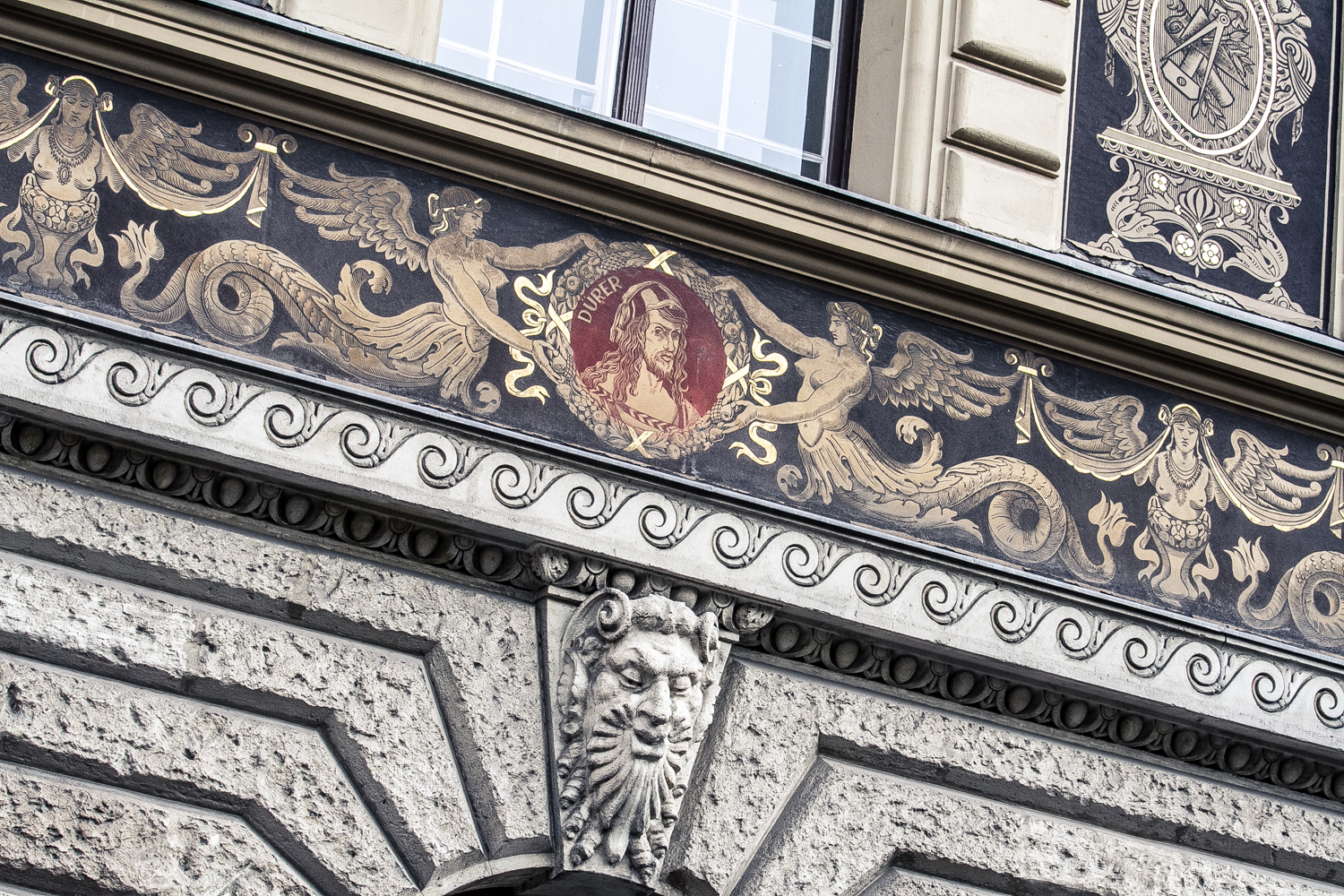With Károly Bugár-Mészáros, director of the Hungarian Museum of Architecture, we have walked through Andrássy Avenue after having known all the details about whose idea it was to build this avenue in Budapest.
Well, let’s start at the beginning…We find two very interesting buildings immediately. Number 1 on the right and number 2 on the left hand corner of the Avenue. 1 Andrássy Avenue is further out than No. 2, since the road merges into Bajcsy Zsilinszky Street diagonally, and the avenue leads clearly into the Basilica. The building on the left hand side, owned by Fonciére Insurance Company, was built by Adolf Feszty’s plans. (He was the brother of Árpád Feszty, whose main accomplishment is the famous Feszty Cyclorama in Ópusztaszer) The huge dome is now missing from the corner of the building and we will not find the dome on the opposite side either. Adolf Láng, who also built the old Academy of Music, the old Art Gallery and the right hand side building of the University of Fine Arts, planned the first building of the Avenue.
Next to this building stands No. 3, which is the most beautiful neo-Renaissance palace having in the best condition of all houses. It was built on the basis of Győző Cziegler’s plans (he also planned Széchenyi Bath, the Market Hall in Terézváros, and the palace with a huge dome on the corner of Nagykörút and Podmaniczky Streets). The constructer of the building was András Saxlechner, the inventor and trader of Hunyadi János bitter water. He had the magnificent interior decorated by the biggest masters. There are Lotz frescos in the staircase, original wooden covers and Forgó-type windows. This ornament-house is now used by The Postal and Telecommunications Museum, so the building itself can be admired.
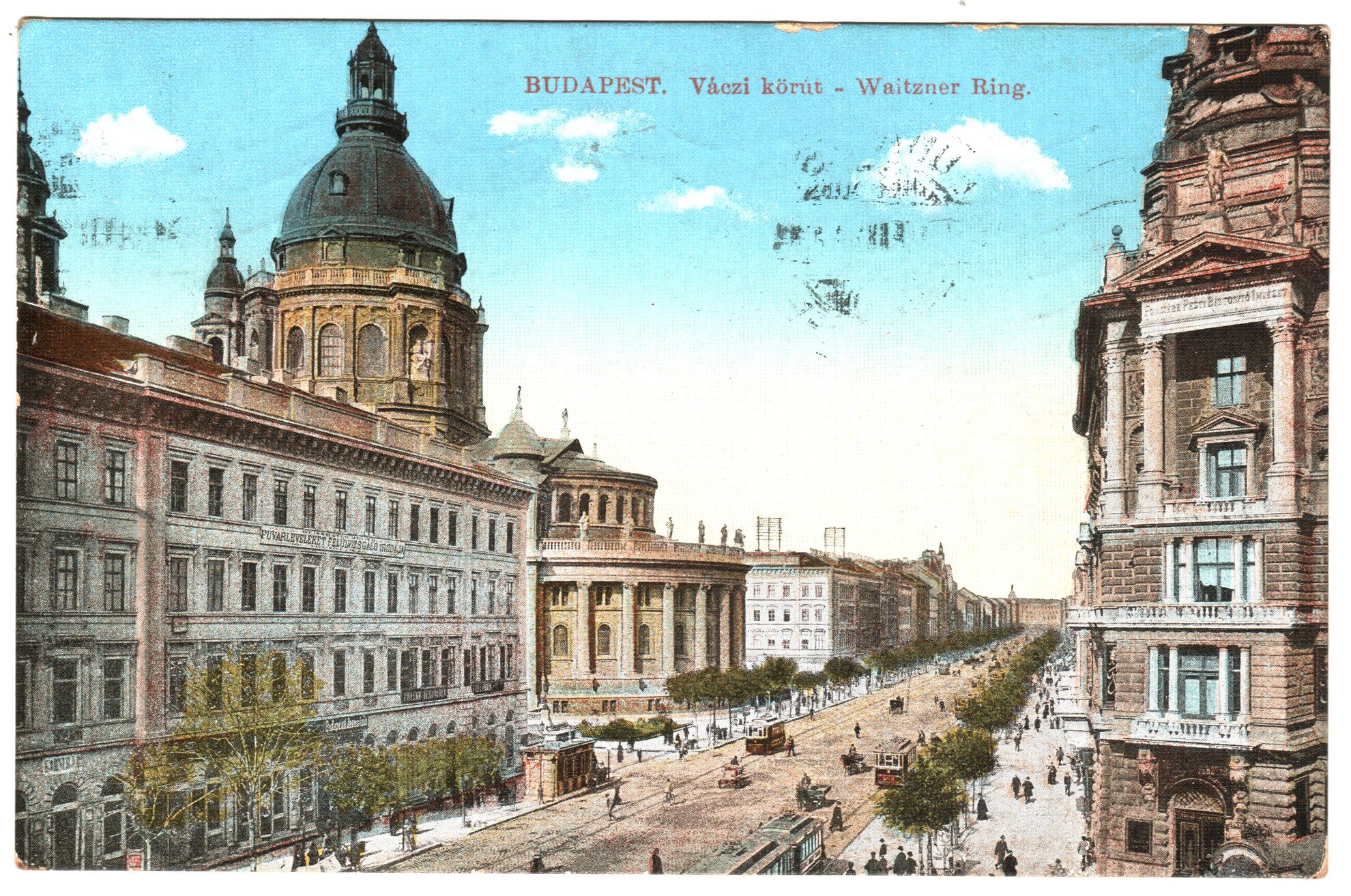
There are many of us being interested in the interiors of these beautiful buildings, since it is also a crucial part of architectures, but there are only a few places, where visitors can get in. Is Postal Museum a pleasant exception? Yes, it is. But if the Museum was not here, we would not be able to see this one either. Unfortunately, we, Hungarians are among the last ones showing the interiors of our architecture, although it is a significant point if you would like to discover a city. International trends are driving us this way as well, since architecture can give a complete sight together with the objects of a certain period in the past. It is very rich in Budapest, because you find Baroque, Rococo, Empire, Classicism, Romanticism, Secession, and Bauhaus styles besides Historicism. The Fonciére Palace for example is as magnificent as the Postal Museum. It has the original cast-iron columns by Schlikk in its staircase.Are there more palaces having this amazing interior? Absolutely. There is 52 Andrássy Avenue, which is the Haggenmacher Palace built in 1886 on the corner of Eötvös Street and planned by Henrik Schmahl. It is also an ornament house, having the Terézváros branch of Szabó Ervin Library operating there. The Haggenmachers were beer-makers, they owned the Hági beer-house. We should open a beer-house here to the memory of the family. In No. 62, in the Bobula Palace the MTA Geography Institute operated for a while, but an advertising agency rents this house today, so it is not possible to visit either.
We must mention the building of the University of Fine Arts on the corner of Isabella Street, which was planned by Lajos Rauscher and decorated by sgraffiti. Right next to it under No. 69, in the old building of Műcsarnok (Art Gallery), you find the exhibition hall of the university, so it is open for the public. Hopefully, it will be renovated soon, because this beautiful building has the same designs as the Palazzo Bevilaqua in Verona and it was planned by Adolf Láng. On Kodály Körönd, you were able to visit the house of Károly Kodály, but it has been renovated and closed for three years now. Opposite the Kodály house, the most interesting flat is on the first floor. The Patriotic Popular Front had their residence here and the original interior with the wooden covers, the bathroom with a sunken marble bathtub remained. On the upper part of the avenue, in the villa-section the Hopp Ferenc Museum of Eastern Asia is worth mentioning.
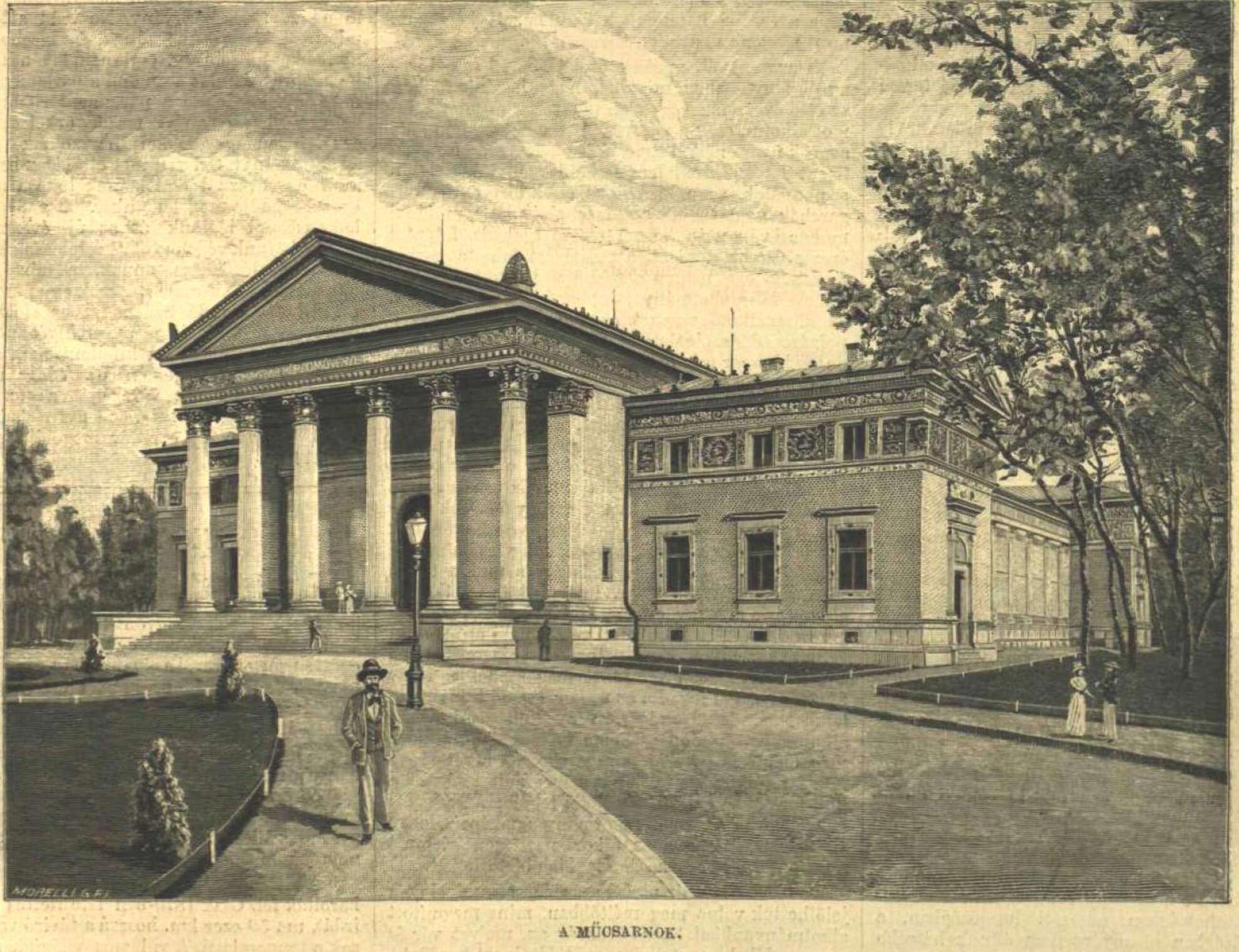
And what about the luxury shops? several designer shops have moved here with their very modern salons in the past couple of years.There are only four shops that still preserve the original interior and furniture. Two confectioneries and two drug stores. One salon of Lukács Confectionary still has the art-deco style of 1912 and its other one was built in neo-classicist Adam-style. The other confectionery is the Művész Café next to the Opera House. They still have the unique original interior. In Körönd Chemist’s on the corner of Rózsa Street, we find the authentic furnishing from 1881. The other one, the Opera Chemist’s, which is a beautiful place with a gallery inside, is closed unfortunately, and its furniture was moved a little inwards.And Callas?Thank you for mentioning Callas. It is a very tasty way of renovating a building, which was the ticket office of the Opera House. They kept the architecture inside, and designed furnishing that matches completely the style. There are some more of these lucky replications nowadays, for example a little café in Godzsu udvar, where you find an old cash register, Thonet chairs, and historical pieces of furniture. People do like antiquity.
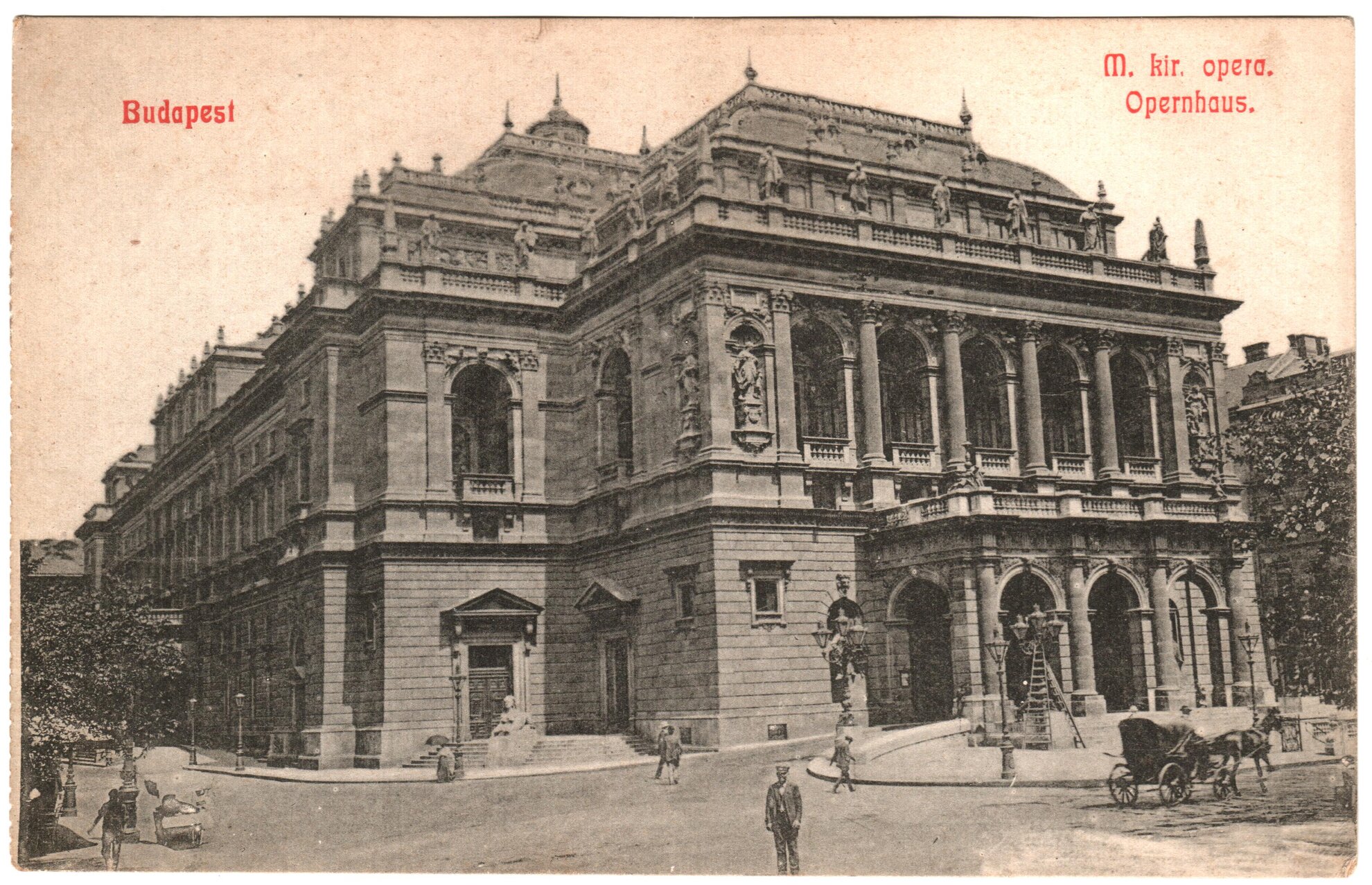
Are there premises where the old styles can be restored? Of course, many! Let me collect some examples quickly. There is Helvetia Café on the corner of Nagymező Street and Andrássy Avenue with its interior as fascinating as the Houses of Parlaiment. Today, it is empty. We are planning to restore Japanese Café on Liszt Ferenc Square, where Ödön Lechner used to sip his coffee. It originally had enameled tile covering with Japanese scenes painted on them. There is Palermo Coffee-house opposite, which is partly empty, but its art-deco interior is one of the most beautiful ones in the city. There are many more places like these, which are unused and we could save their best conditions. We only need money and calling.What is your opinion about these grandiose renovations and real estate development projects? I mean the Párizsi Department Store, the Kodály Houses, or the Avenue Gardens on the top of the houses.I’m not very enthusiastic about these new ideas. There are only a few really good examples and solutions. They would like to force modernism into everything, and there is a strong will to change things. We can find many less significant buildings around Budapest, I think they should have those renewed and modernized, not the characteristic parts. They added some extra parts to the back of the buildings on the most charming square of the country, on Kodály Körönd, since additional parts on the back would not change the streetscape in the front. One of the owners said, it is like ‘jail-house building style’. I think this is the main problem. Professional architects and Kodály Museum visitors agree totally that we are aware of the problems, but we cannot really solve it.
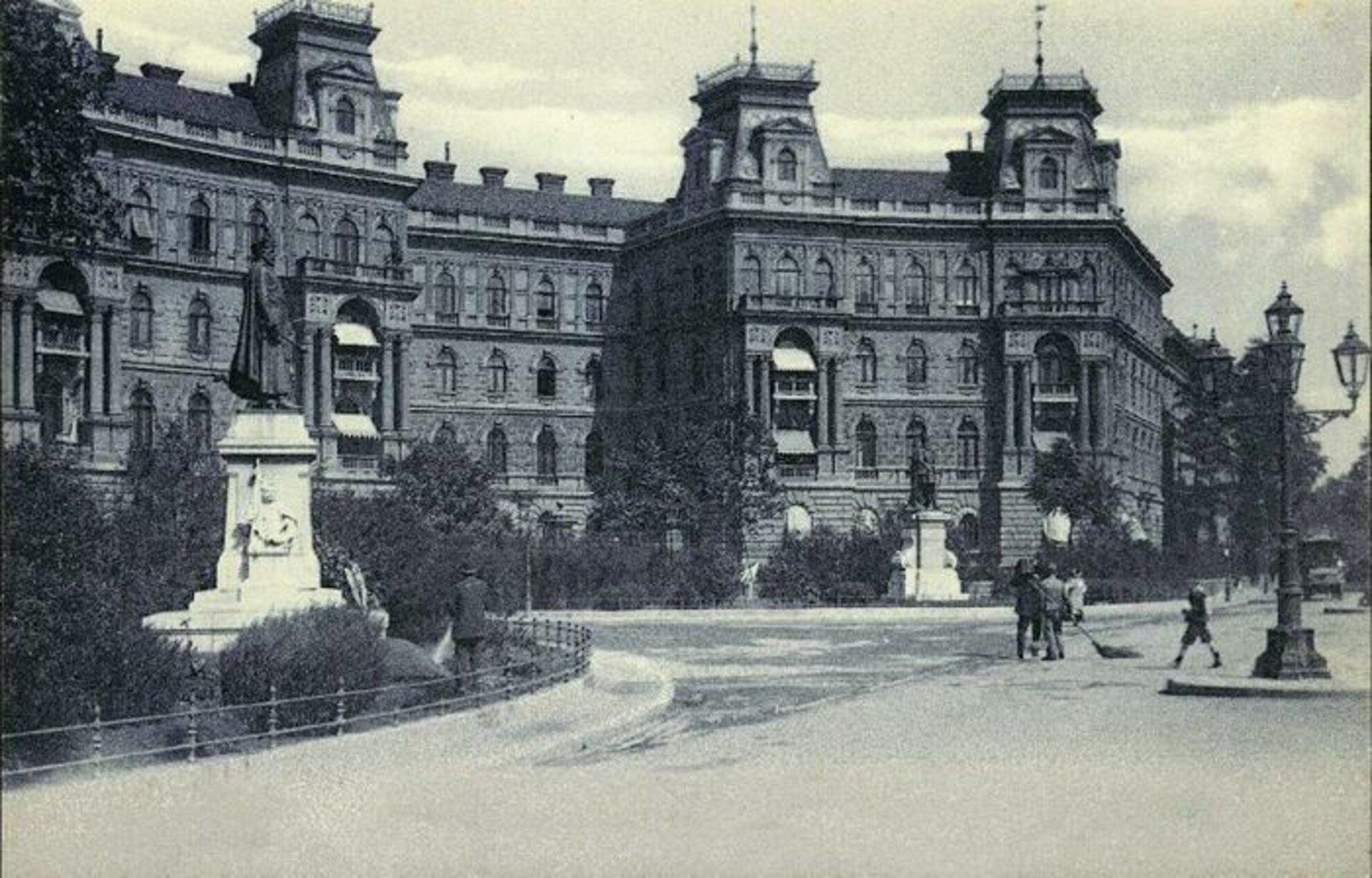
Real estate developers do not usually regard your points of view…Of course they don’t, but it’s not a surprise. I think it is a philosophical issue. Privatization of historical buildings should be regarded as letting our own daughter marry someone, rather than trading young girls as slaves. We must be sure that the person who marries our daughter will take care of her and provide a safe future. Urban policy ought not to be only economic policy. It must contain some real value-protecting and value-evolving issues. Privatization must not mean that we can get rid of a historical Ballet Institute to a new owner, who will then let it decay in a way that hurts a whole nation’s dignity. King Matthias had already passed acts that ordered manor-owners that hey property could be seized from everybody who did not care for them. And I must highlight again and again, that interiors are as important as façades. The city is not only buildings from outside but also a delicate network that should be kept in good condition inside and outside as well, since they cannot exist without each other.In connection with Andrássy Avenue, I think you were not very glad about the reconstructions of the Heroes’ Square. The Heroes’ Square is the closing monument of the Andrássy Avenue. They started building it in 1896. Albert Schickedanz, who was the apprentice of Miklós Ybl, planned the Műcsarnok (Art Gallery) and this was completed first. The Museum of Fine Arts and the Millennium Monument are also his pieces of work. He was the best architect of the country after Ybl’s death. I think the Heroes’ Square is something monumental; it is a harmonic and perfect feature of the city that nobody has the right to change it.
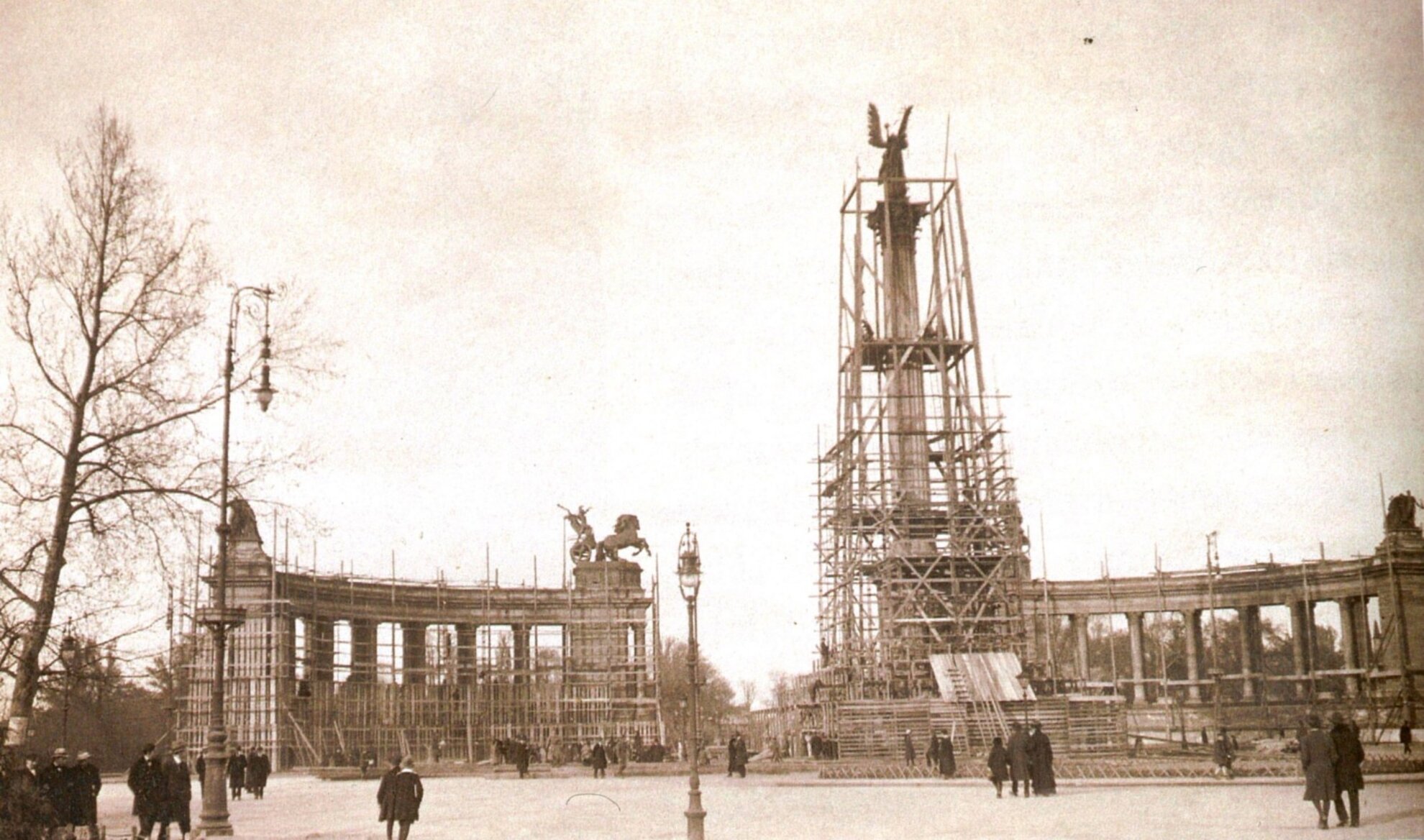
We did not mention one important point: the Földalatti (Underground).We must be proud of it, since our Földalatti is the very first underground of the continent. I used to travel on the original ‘carriage-like’ cars when I was a child. When it was lengthened to reach Mexikói Street, they changed the old cars and introduced these ‘modern’ trains, which are now unique and interesting, but they do not reflect the atmosphere of the old carriages. In San Francisco for example, the original cable cars are still used. If a modern city on the West Coast can manage with those ancient vehicles, a historical capital like Budapest, should take it evidently. This problem was solved in Budapest Sikló (Funicular), where they restored the old vehicles and it became a great success.
Thank you for the interview, our next topic is the Art nouveau-style in Budapest.
